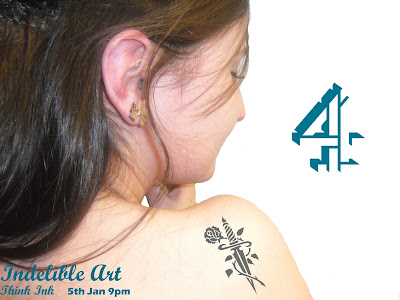The Documentary:
The Newspaper Advert:

The Radio Advert:






Comparison of the Newspaper Advert:




Typical Conventions of Documentaries
Below is an example of this in The Simpsons 20th anniversary show .
.
It is also used in the Documentary of In The Teeth Of Jaws:
Also in these shots they consist of Looking space, this means that the Interviewee is framed more to one side of the camera shot than a more onlooking shot.
Framing follows the rule of thirds, as the eyeline is roughly a third of the way down the frame.
Positioning of interviewer is therefore important: If the Interviewee is on the right side of the frame then the Interviewer should be positioned on the left side of the camera and vise versa.
Mise-en-scene: background reinforces the content of the interview or is revevant to the intervieww, providing information about them in terms of occupation or personal environment.
Interviews never filmed with a light source behind them i.e. in front of a window or with the sund behind them; the light is always infront of them
To break up interviews and illustrate what the interviewee is talking about and to avoid jump cuts when questions are edited out.
Cutaways are either:
Archive material, or suggested by something days in the interview and therefore filmed after the interview


